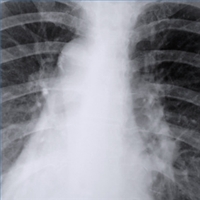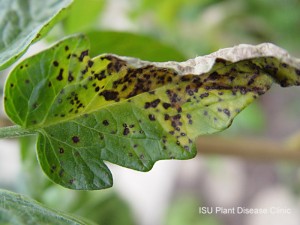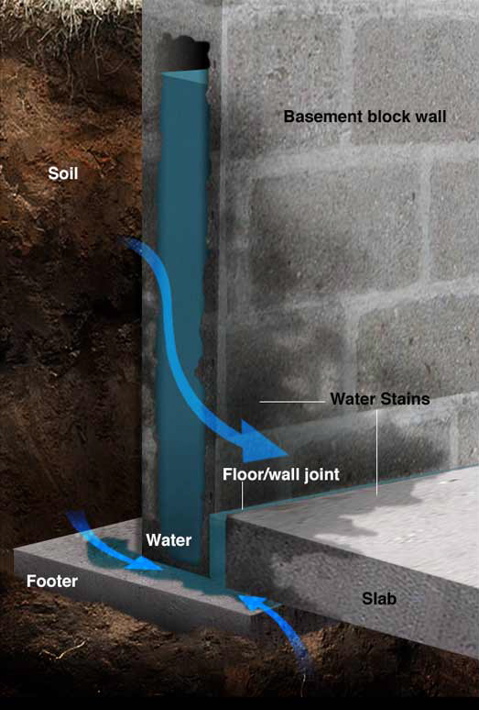Are there reliable tests to indicate the presence of mold?
Almost all of us already have two effective mold detectors: our eyes and our noses. If black or green discoloration is noticed that is fuzzy in appearance and is in a location that is damp or had been damp, it is almost certainly mold. If a building smells musty, there probably is mold somewhere; the mold may be on boxes stored in a basement or in walls or in the crawl space. If you want to find mold, look for the presence of water or a location where water was likely to have been. If there is still any question about whether the black stuff is mold, have a reliable laboratory examine the material. All you need to know is whether mold is seen when the material is examined under the microscope.
An increasing number of companies are offering “air testing for mold.” On the surface this seems like a reasonable thing to do. The problem, however, is that the results of most air sampling for mold are meaningless for two reasons. Air sampling for mold was not developed to determine if an environment was safe or had a dangerous level of mold in the air. Air sampling was developed to help identify the location of a hidden reservoir of mold. If the source of mold is already identified, air sampling does not provide additional meaningful information. Furthermore, safe or toxic levels of air borne mold have not been established. An individual air sample for mold provides a “snapshot” of what was in the air during the few minutes of sampling. The results may not be indicative of the amount of mold that is in the air during most of the day.
Air sampling for mold should be done either to obtain an answer to a question that cannot be answered without the air sampling or to obtain data as part of a research project. The Center for Disease Control (CDC), the U.S. Environmental Protection Agency (EPA) and the American Conference of Governmental Industrial Hygienists do not recommend routine air testing for mold.
About the Author
Dr. Nathan Yost, MD is a Principal with the Building Science Corporation, a building and construction consulting firm. Over the last twenty years, Dr. Yost has been a home builder, and a medical doctor specializing in respiratory illness. NAR has hired Dr. Yost on a contractual basis to provide its members with information and analysis on the scientific aspects of mold and moisture issues. The information contained in this FAQ is strictly the opinion of Dr. Yost, does not reflect NAR policy, and should not be construed as medical advice.
Article source http://www.realtor.org/realtororg.nsf/pages/moldfaq
Illinois Dept. Of Health article
Should I have my home or business tested for mold?
IDPH does not recommend testing for mold (see the fact sheet “Indoor Environmental Quality: Testing Should Not Be the First Step”). If mold growth is visible, testing is not needed to identify what type or level of mold is present. Mold testing also is not typically useful in determining what steps to take for cleanup.
If you can see or smell mold, testing is usually not necessary. It is likely that there is a source of moisture that needs to be fixed and the mold needs to be cleaned or removed. Even if testing is done, no standards or guidelines exist to judge acceptable amounts of mold. Testing cannot determine whether health effects will occur.
Article source http://www.idph.state.il.us/envhealth/factsheets/mold_qa_fs.htm






